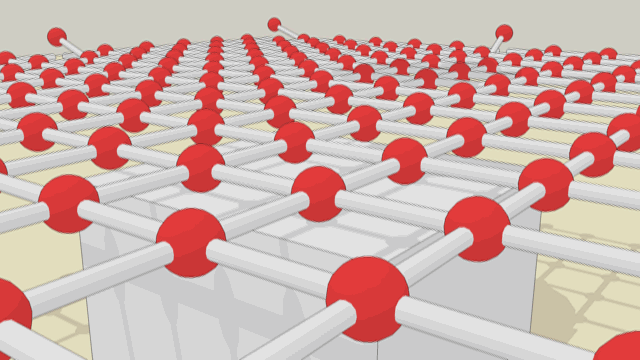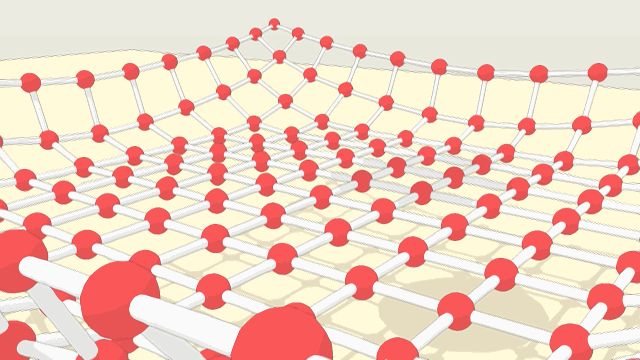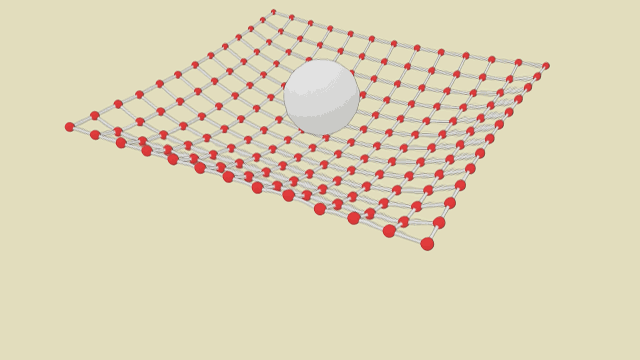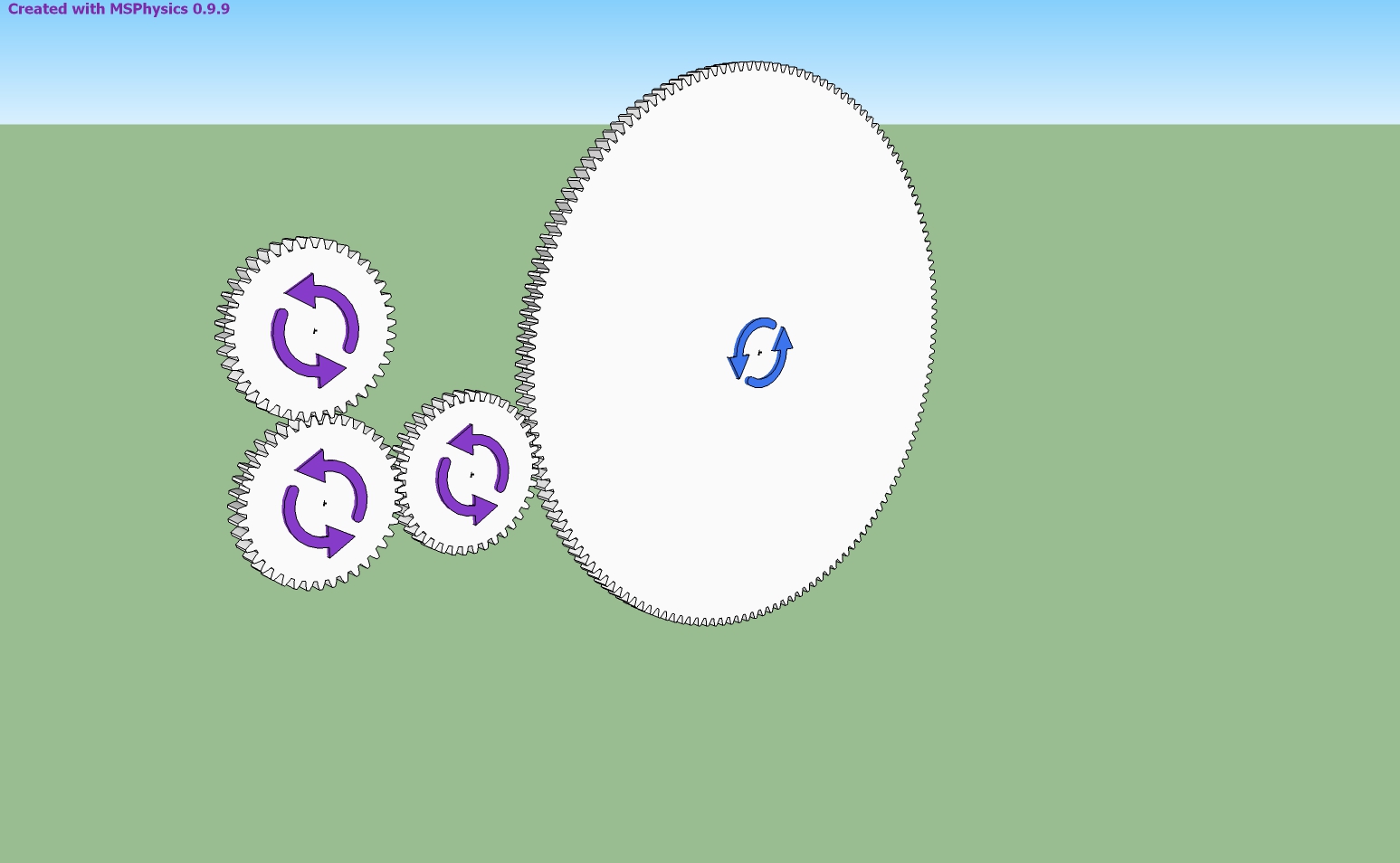MSPhysics 1.0.3 (16 October 2017)
-
Where do we download MSPhysics 1.0.0?
-
@ecati said:
Where do we download MSPhysics 1.0.0?
You could wait [joke ] ?
] ?
The current version is 0.9.9 - and it's latest version is always available from the SketchUcation PluginStore:
http://sketchucation.com/pluginstore?pln=MSPhysics
Like most Plugins/Extensions... -
Hi, ecati,
Sorry, I used a test version for the connect example file.
Anton is working on release version 1.0.0 - which soon comes out. -
Bonjour,
Je voudrais lire la vitesse D'un corps sur l'axe Y interne,no axe Y mondiale !!!
J'ai essayé get_velocity...
set_var("speed_Y",????)Hello,
I would like to read the speed of a body on the internal Y-axis, no Y-axis world!
I tried: get_velocity...
set_var("speed_Y",????) -
Hello, Nicolas,
To get local velocity, along the body's Y-axis, you got to transform the global velocity relative to the body first, then get the Y component:
loc_vel = this.get_velocity.transform(this.get_normal_matrix.inverse) vy = loc_vel.yRegards,
Anton -
Faust, I will ckeck out that cloth thingy soon.
-
Hi, Anton,
first test of a (cloth-) mesh with your MSPhysics API self connect script.
Unfortunately, each node joins only one rod. What am I doing wrong?

-
Okay, faust.
Your script for connecting bodies attempts to connnect multiple bodies to the same joint. That's how it is in the user interface of MSPhysics, but behind the scenes a new joint instance is added for each constraint. So here is the script to have:
onTick { if frame == 1 this.touching_bodies(true).each { |body| next if body.group.name != 'capsule' joint = MSPhysics;;BallAndSocket.new(this.world, this, this.get_matrix, this.group) joint.connect(body) } end }Paste it into one knot, and assign it to all knots, using the Assign Script to All With Name button.
That said, this is a very inefficient way of creating cloth, not to mention that you also have to create faces and then reposition vertices and map the UVs of textures (if any).
I already got my own, more efficient, version of cloth working, like 3 years ago. But it's not perfect. Here is the demo updated and refined for the current version of MSPhysics:
-
Hello ! There is a script or another way that maintains the same distance between objects attached on CurvySlider , as a rollercoaster ? Thank you !
-
Thanks, Anton,
Your code works perfectly. For genuine cloth simulation this is, of course, too cumbersome. For me, it is a good practice to learn a little bit of good script again. In addition, the example shows the almost unlimited possibilities of MSPhysics.


-
Oops, the
get_normal_matrixshould benormal_matrixAlso, to quote other people, use the double-quote button or put them in quote tags surrounded with square brackets. And posting the whole video on the error isn't necessary either. Just post a message that is reported.
-
==============================
To get local velocity, along the body's Y-axis, you got to transform the global velocity relative to the body first, then get the Y component:
CODE: SELECT ALL
loc_vel = this.get_velocity.transform(this.get_normal_matrix.inverse)
vy = loc_vel.yRegards,
Anton===================
problem!!!!!! -
-
-
Hello, Ecati,
For the first one, try setting material thickness of simulation tab, in the MSPhysics UI, to zero. It will improve the behavior by a bit. But because the gears are too small, the collision intersections aren't quite proper. You could increase world scale, say to 40, which should result in an improved behavior, but it will unfortunately result in a crash. I will try to fix that scaling bug before releasing 1.0.0.
For the second one, you can increase update rate, to say 4, and/or reduce update timestep, to say 1/120. The smaller the update timestep is, the more accurate the simulation is. The smaller update timestep should prevent collisions from deteriorating. Both of the settings can be adjusted through the Simulation tab of the MSPhysics UI dialog. After you do these, increasing the motor speed should have things running properly.
Nice examples by the way. I'm stunned with your improved MSPhysics skills.
Regards,
Anton -
Is it possible to do servo controls via the msphysics API without writing a script?
-
It depends on how complex you want the controller to be. The simplest one is the slider controller. You can generate it by pressing the generate slider button in joint UI. Others are controlling with key, like key('f') as noted in some prior post. You can also write a function of time dirctly into the cpntroller, like:
t = world.time; cos(t)*5There are many controllers you can write without relying on the MSPhysics scripting API. -
I'm really enjoying MSPhysics plug-in and have been following Sam Ketner's very insightful tutorials on Youtube. I'm wondering if there is a manual easily available, so I can bone up on some more stuff. More pressingly, I'm wondering how to attach one hinge with a bar (which appears to be in a fixed point) on a bar attached to another hinge... so that it is freely movable. I'm trying to draw an umbrella-like hinge at the moment and I'm stuck.
-
Hi, Anton,
I made this file by taking advantage of the Planned Steps.skp file you have prepared. I want the movement to begin when the space key is pressed and continue and stop until the space key is pressed again.
-
@ecati said:
I made this file by taking advantage of the Planned Steps.skp file you have prepared. I want the movement to begin when the space key is pressed and continue and stop until the space key is pressed again.
This command will be available in MSPhysics 1.0.0. Basically you will utilize the
toggle_key('space')command. It will be released soon.
Advertisement








